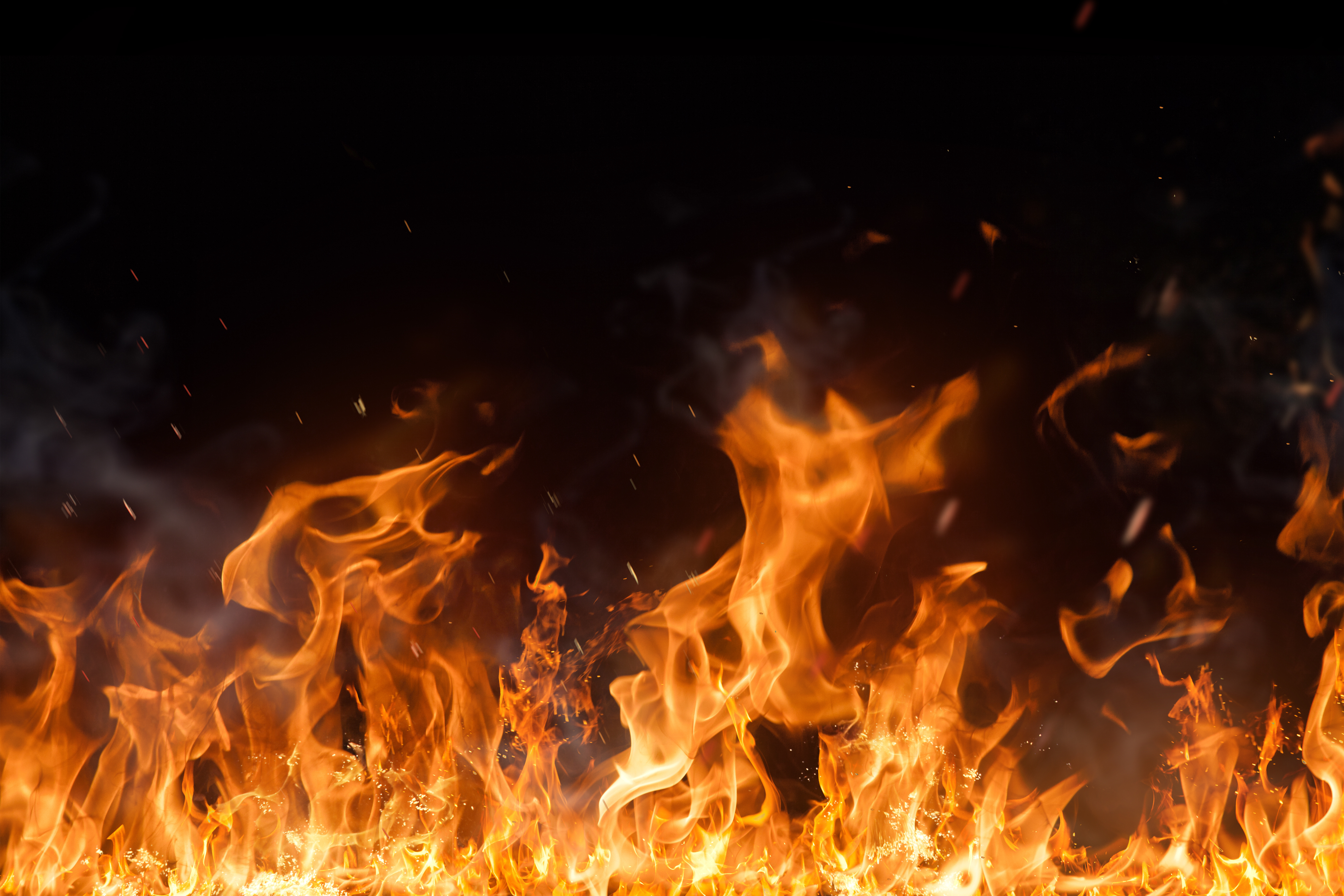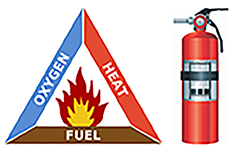Fire Extinguishers - The Fire Triangle
Feb 08, 2021

The fire triangle illustrates the three elements a fire needs to ignite.
These elements include:
Fires can be classified into five different types:
There are four main types of portable fire extinguishers:

Source: Joe Mlynek is president of Progressive Safety Services LLC, Gates Mills, OH: joe.mlynek@progressivesafety.us, and content creation expert for Safety Made Simple Inc., Olathe, KS; joe@safetymadesimple.com
These elements include:
- Heat
- Fuel
- Oxygen
Fires can be classified into five different types:
- Class A fires are defined as ordinary combustibles such as wood, paper, trash, and plastics. Class A fires are the most common type of fire encountered in the workplace.
- Class B fires use a flammable liquid or gas as its fuel base. Common liquid-based fuel sources include petroleum-based oils and paints, kerosene, or gasoline.
- Class C fires use electrical components or energized equipment as their fuel source. These fires are often fueled by motors, appliances, and electrical transformers.
- Class D fires use combustible metal as the fuel source. Examples of combustible metals include titanium, magnesium, aluminum, and potassium.
- Class K fires are associated with cooking and involve combustion liquids using in food preparation such as greases, cooking oils, vegetable oil, and animal fat.
There are four main types of portable fire extinguishers:
- Air-pressurized water extinguishers (APW).
- Carbon dioxide fire extinguishers.
- Multi-purpose dry chemical extinguishers. Dry and wet chemical extinguishers for kitchen fires.

Source: Joe Mlynek is president of Progressive Safety Services LLC, Gates Mills, OH: joe.mlynek@progressivesafety.us, and content creation expert for Safety Made Simple Inc., Olathe, KS; joe@safetymadesimple.com